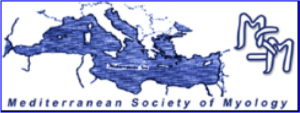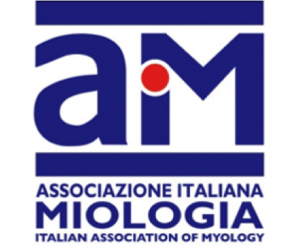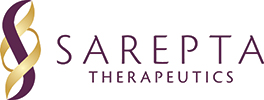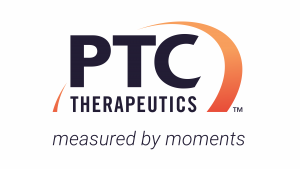Cardiomyopathy associated with dystrophinopathies – Duchenne muscular Dystrophy (DMD), Becker muscular dystrophy (BMD), X-linked dilated cardiomyopathy (XL-CM) and cardiomyopathy of Duchenne/Becker (DMD/BMD carriers – is an almost constant manifestation of these neuromuscular disorders and contribute significantly to their morbidity and mortality. Dystrophinopathic cardiomyopathy is the result of the dystrophin protein deficiency at the myocardium level, parallel to that occurring at the skeletal muscle level. Typically, cardiomyopathy begins as a “presymptomatic” stage in the first decade of life and evolves in a stepwise manner toward an end-stage dilated cardiomyopathy. Nearly complete replacement of the myocardium by fibrous and fatty connective tissue results in an irreversible cardiac failure, characterized by a further reduction of ejection fraction (EF < 30%) and frequent episodes of acute heart failure (HF). The picture of a severe dilated cardiomyopathy with intractable heart failure is typical of dystrophinopathies. Despite an appropriate pharmacological treatment, this condition is irreversible because of the extensive loss of myocites. Heart transplantation is the only curative therapy for patients with end-stage heart failure, who remain symptomatic despite an optimal medical therapy. However there is a reluctance to perform heart transplantation (HT) in these patients due to the scarcity of donors and the concerns that the accompanying myopathy will limit the benefits obtained through this therapeutic option. Therefore the only possibility to ameliorate clinical symptoms, prevent fatal arrhythmias and cardiac death in dystrophinopathic patients could be the implantation of intracardiac device (ICD) or resynchronizing devices with defibrillator (CRT-D). This overview reports the personal series of patients affected by DMD and BMD and DMD carriers who received ICD or CRT-D system, describe the clinical outcomes so far published and discuss pro and cons in the use of such devices.






